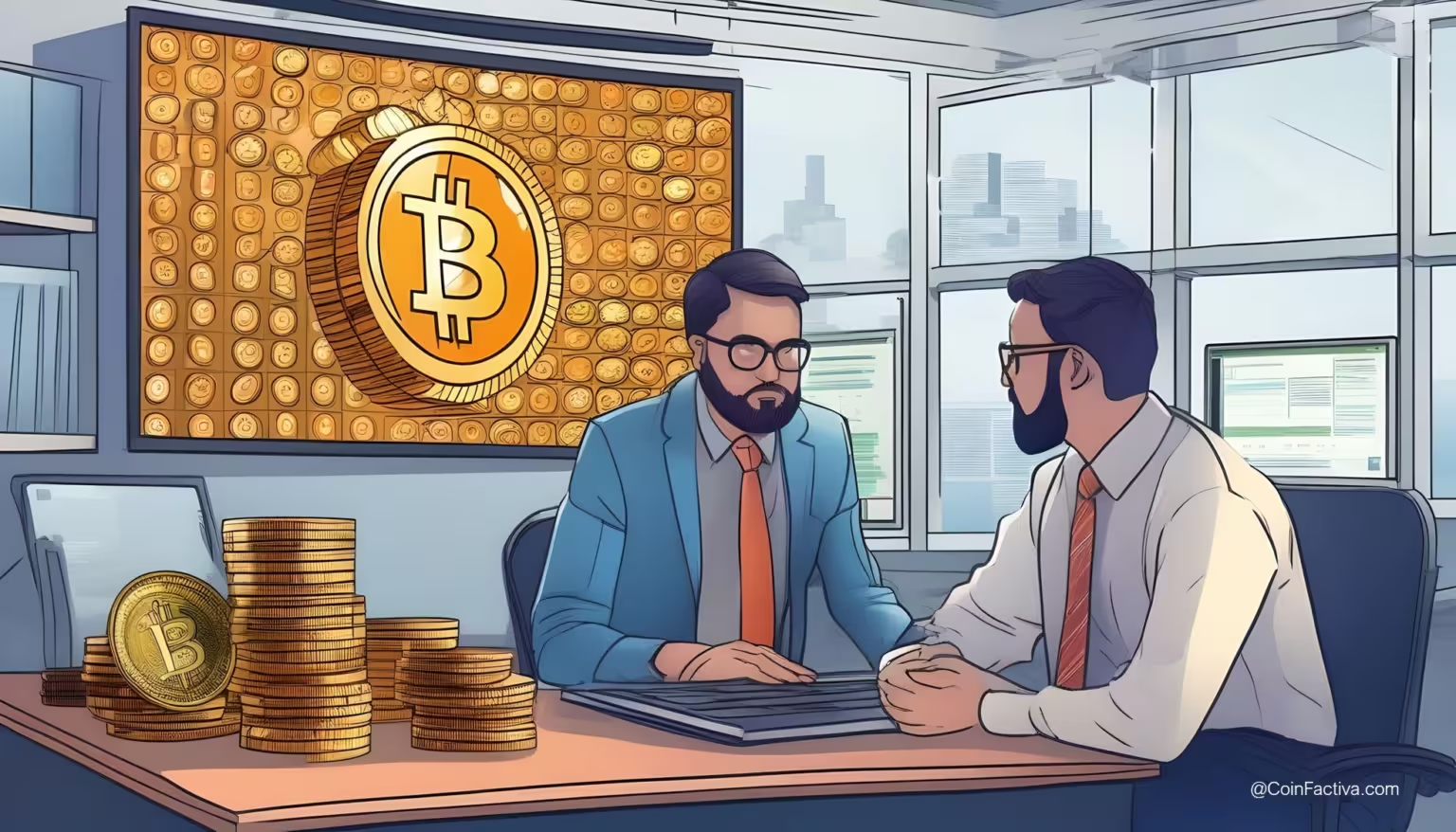The Rise of Perpetual Futures
Perpetual futures, also known as perpetual swaps, emerged in 2016. They quickly became the most popular derivative in the crypto market. For instance, on BitMEX, the first platform to launch them, trading volumes exceeded $3 trillion. Daily trading volumes in crypto perpetual futures surpass hundreds of billions of dollars, outpacing other futures instruments.
Differences from Traditional Futures
Crypto perpetual futures differ from traditional market futures. Although traditional futures are available on crypto exchanges, they have unique features. For example, CME launched Bitcoin futures in late 2017, generating nearly $30 billion in monthly trading volume.
How Traditional Futures Work
Traditional futures contracts allow buyers or sellers to agree on a future transaction. For instance, a buyer needing wheat in six months can lock in a price now. After six months, the seller delivers the wheat at the agreed price, regardless of market changes. These contracts help parties plan budgets ahead of time, regardless of market conditions. Such contracts, known as deliverable futures, require physical delivery of the asset.
Cash-Settled Futures
Another type of contract is the cash-settled future. It is used when physical delivery of the underlying asset is unnecessary. Instead, a financial settlement occurs at the contract’s end based on the price difference. Cash-settled futures are popular for speculation. Traders can bet on price declines without owning the asset and use leverage to open larger positions than their balance.
What Are Perpetual Futures?
Perpetual futures are cash-settled futures without an expiration date. Traders can hold positions as long as they maintain enough margin. These instruments became popular in crypto markets due to 24/7 trading on crypto exchanges.
Unique Features in Crypto
Crypto perpetual futures include unique features such as funding rates and mark prices. Funding rates occur every 8 hours, sometimes every 4 hours. A positive rate means long traders pay short traders, while a negative rate means the opposite. The rate adjusts based on the price difference between futures and spot markets, encouraging price alignment.
Mark prices help manage volatility. They are fair price estimates calculated from multiple spot exchanges. For example, Binance uses the average spot prices from Kraken, Coinbase, and Bitstamp for Bitcoin perpetual futures.
Protecting Traders
Mark prices protect traders during extreme market conditions. If futures prices drop sharply but spot prices drop less, the mark price mechanism can prevent premature position liquidations.
Risks of Perpetual Futures
Cryptocurrencies are highly volatile, increasing earning potential and risks. Perpetual futures, as derivatives, carry additional risks. High leverage and low liquidity on many crypto markets contribute to these risks. Some exchanges offer leverage from 1x to 100x, leading to liquidations even with minimal price movements. On July 3, 2024, a 2% drop in Bitcoin resulted in over $120 million in daily liquidations.
Regulatory Measures
Major exchanges screen users before granting access to futures instruments. They ensure users understand the mechanics and risks. However, many users see perpetual futures only as high-leverage tools. Inexperienced traders often overlook risk management.
Global Restrictions
Some countries limit leverage sizes, and perpetual futures are banned for US citizens. Coinbase created a separate platform for non-US markets to provide these instruments. Binance and Bybit dominate the perpetual futures market, holding over 40% of the market share, according to The Block.
Understanding perpetual futures helps traders navigate their complexities and potential rewards while being mindful of the inherent risks.

